Our Former Garden: The Rugosa Rose Collection
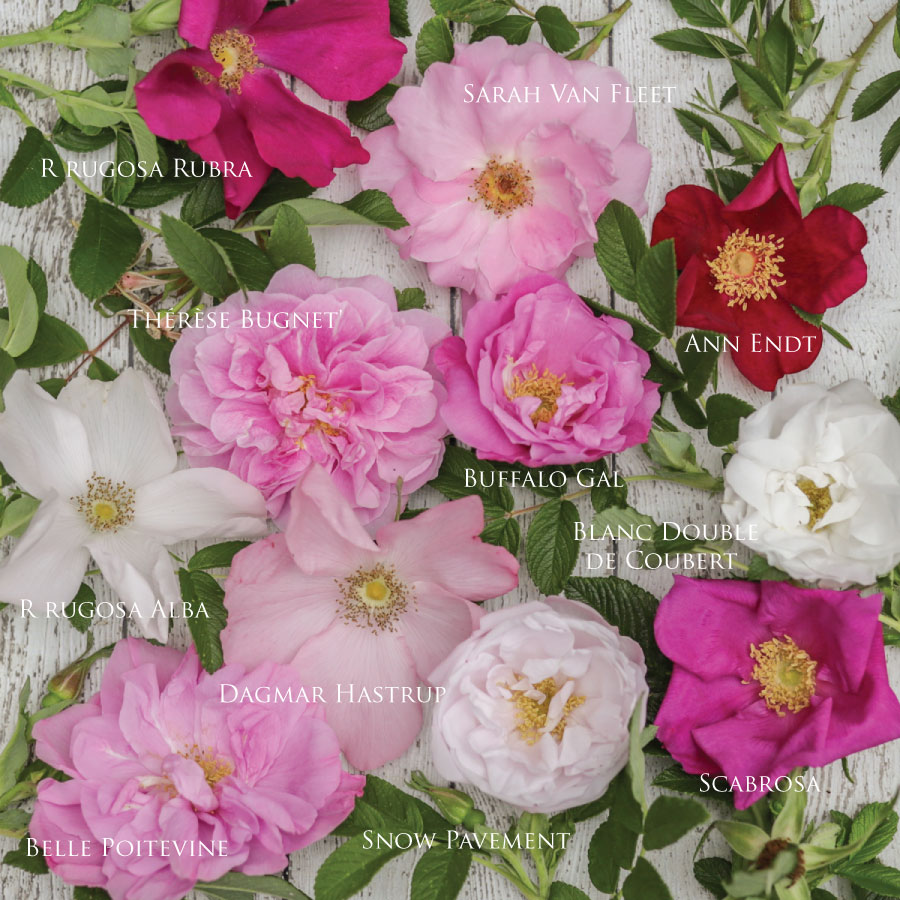
Although we had 15 different rugosa roses in our former garden that I treasured, you may be surprised to learn that we moved to our new home with not a single one; all were left behind. This is not because I grew tired of them, quite the contrary, but simply because getting suckers before we moved slipped the net. Now that a lot of us are planning our gardens for 2022 I thought it would be a good time to reflect on this small collection. So here they are, in no particular order:
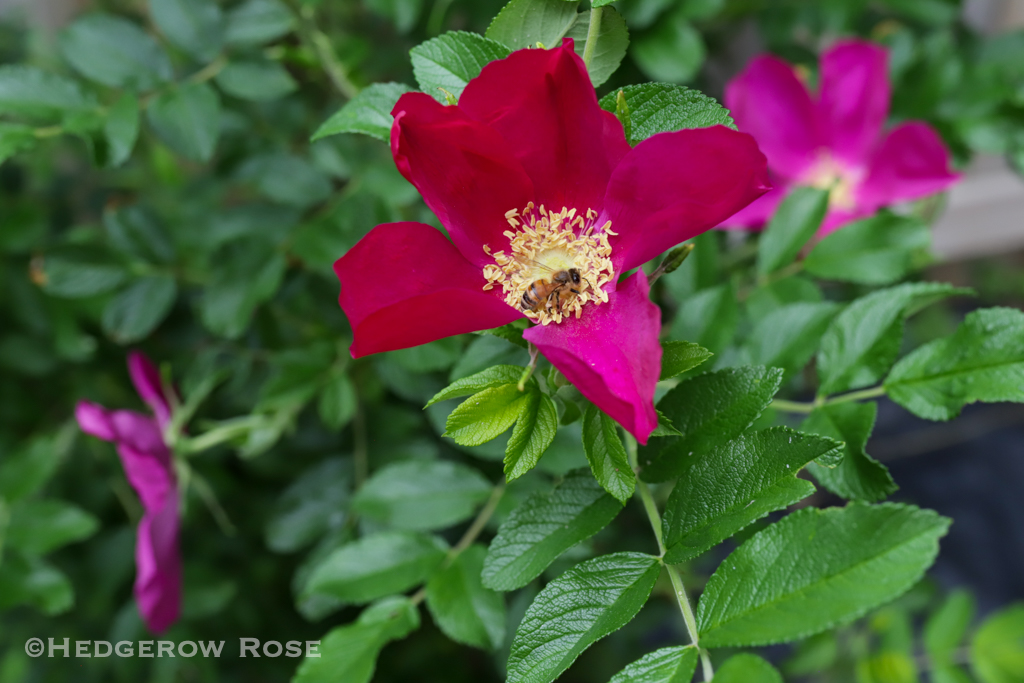
Seen above is R. rugosa var. rubra a species. I have mentioned in the past that ‘Scabrosa’ is a better “version” of this rose. I still stand by that statement but I’ll admit that the flowers are a deeper scarlet in ‘Rubra’ and it is still a rose worth growing in a naturalistic garden.
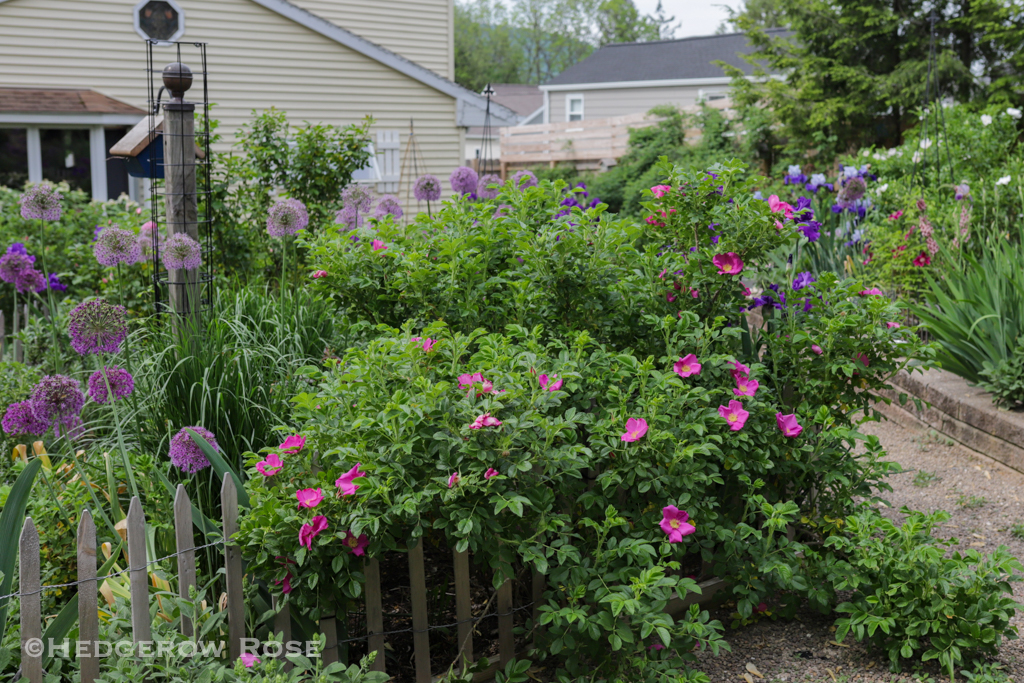

Here is the aforementioned Rosa rugosa ‘Scabrosa’. Seemingly never without a flower and kept all our bees well fed throughout the entire growing season. Suckers like crazy!!! I think it would make a fabulous hedge. Intensely fragrant.
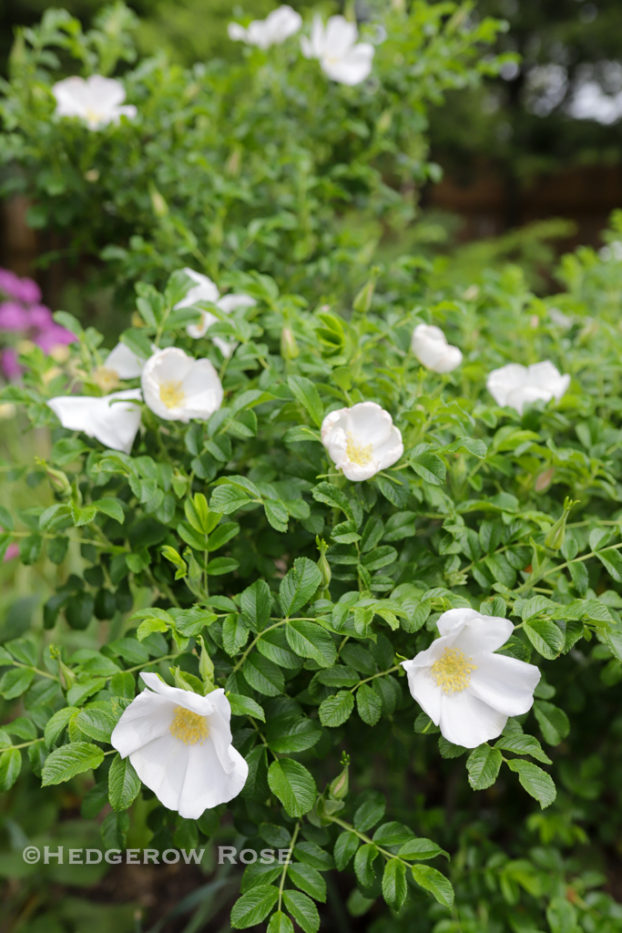
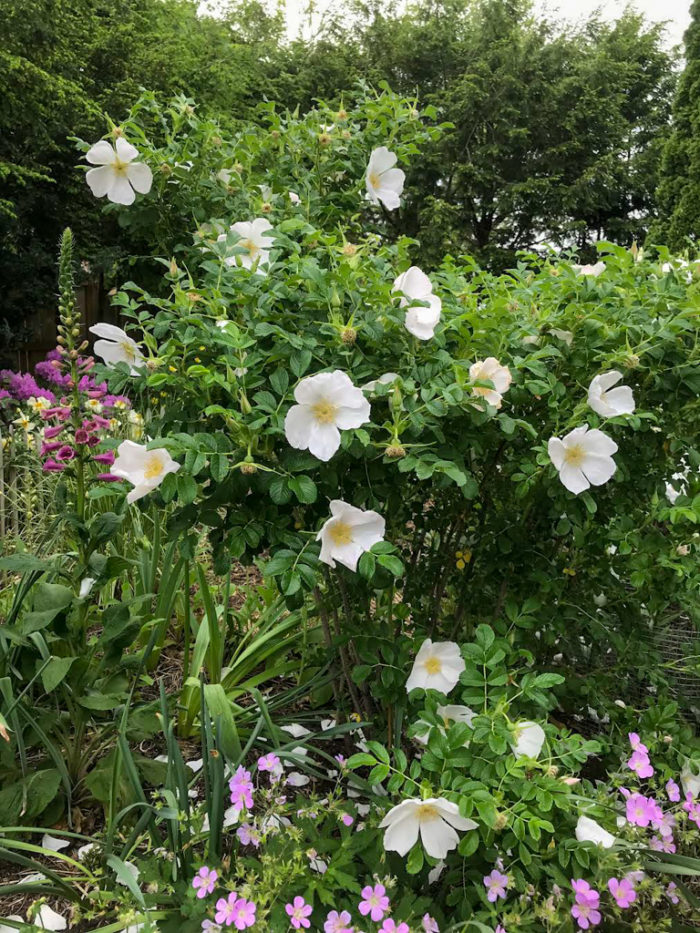

Quite frankly, if you just want to put in a beautiful species and/or one rugosa rose you’ll not regret growing Rosa rugosa ‘Alba’. It’s perfect for a wildlife garden, a white garden, a fragrance garden, a solution for a not great garden spot. I’ve grown this rose on sandy soil and clay soil and it’s been happy with both (can’t say the same for other rugosas.) It suckers but not too crazily but in my last garden it did reseed a lot. I had lots of little Alba babies that moved into other parts of the garden.

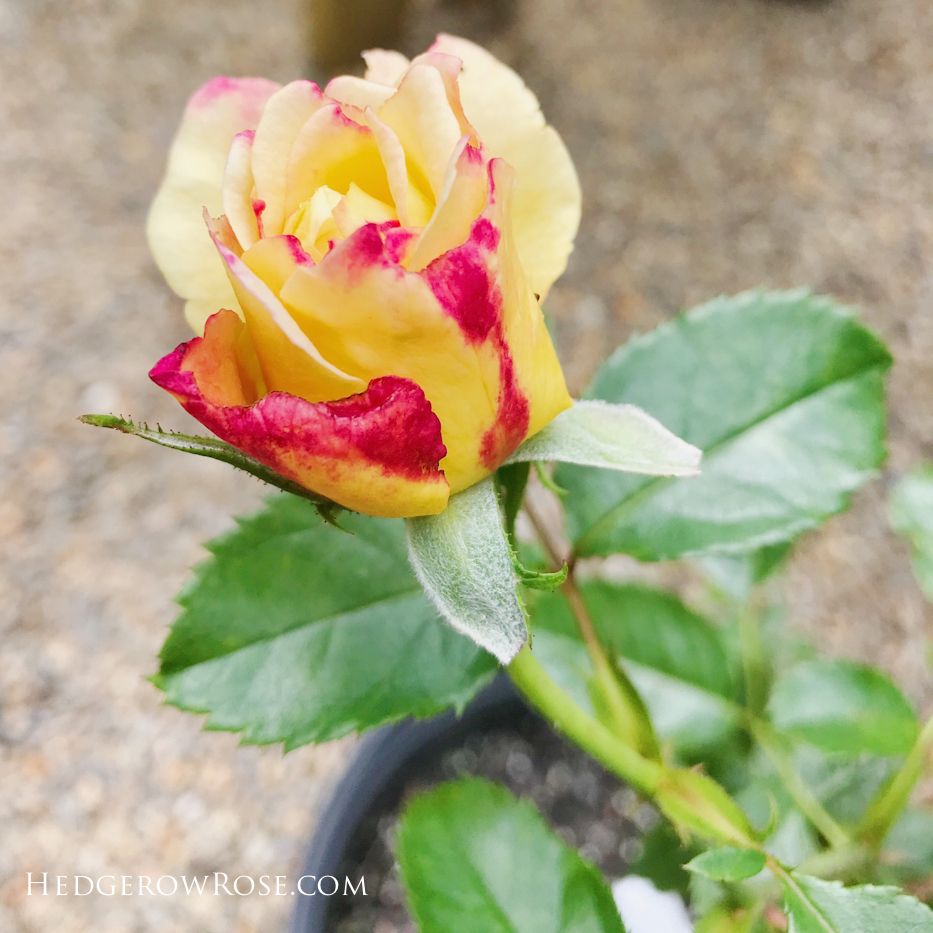
Here’s a photo of Rugelda/KORruge a hybrid rugosa that really looks anything but. I love the colors of the rose: saffron yellow with buds that appear to be highlighted with a red crayon, but for me it wasn’t a really prolific bloomer–one nice burst in spring and then just a smattering after that.

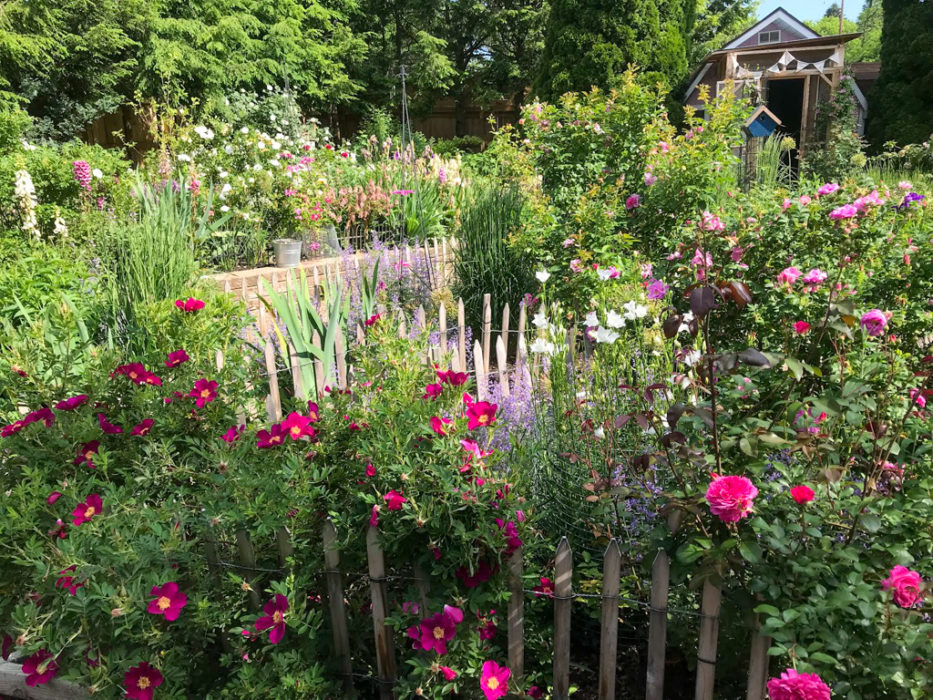
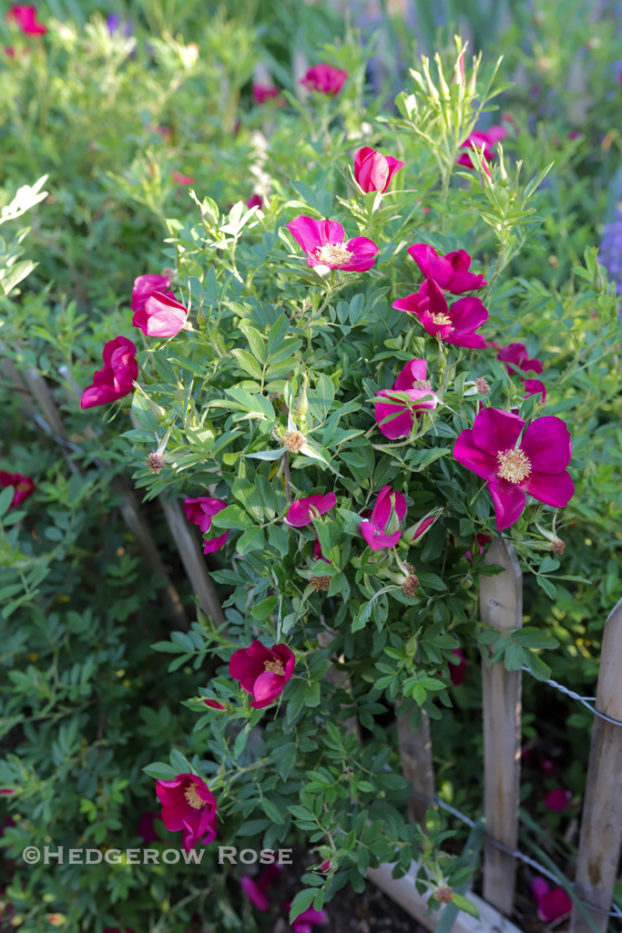
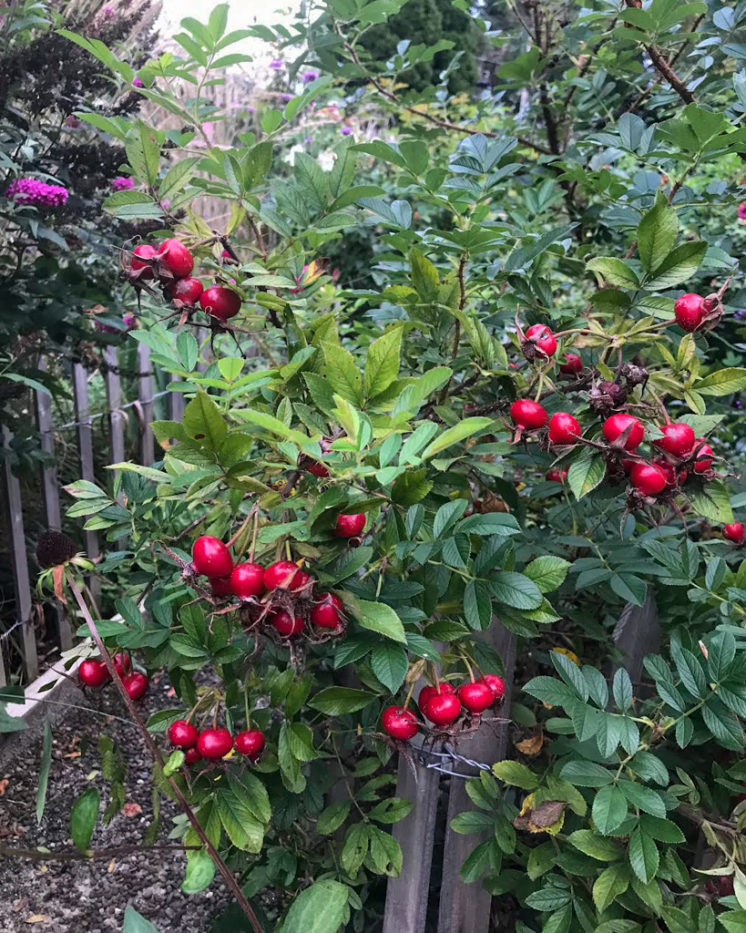
Ann Endt gave my other rugosa roses a run for their money when it came to picking a favorite. What’s not to love? Ann flowers all summer long, has a more compact habit and tons of hips like shiny red beads that certainly kept the wildlife well fed all winter! I’m surprised more nurseries don’t carry this rose, to be honest.
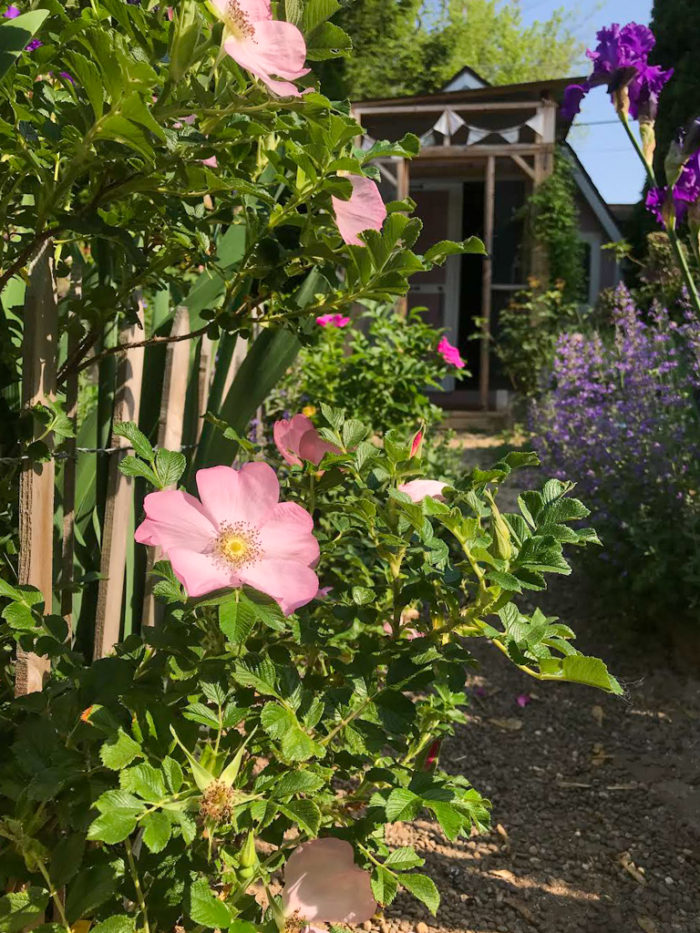
It was only in our final year at the former garden that Dagmar Hastrup started to come into her own. For the first two years as I was still amending the soil she struggled on our heavy, wet clay. It’s a shame I didn’t get to enjoy her for longer because those candy-pink flowers are just so perfect. This is another one who maintains a shorter, more compact habit.
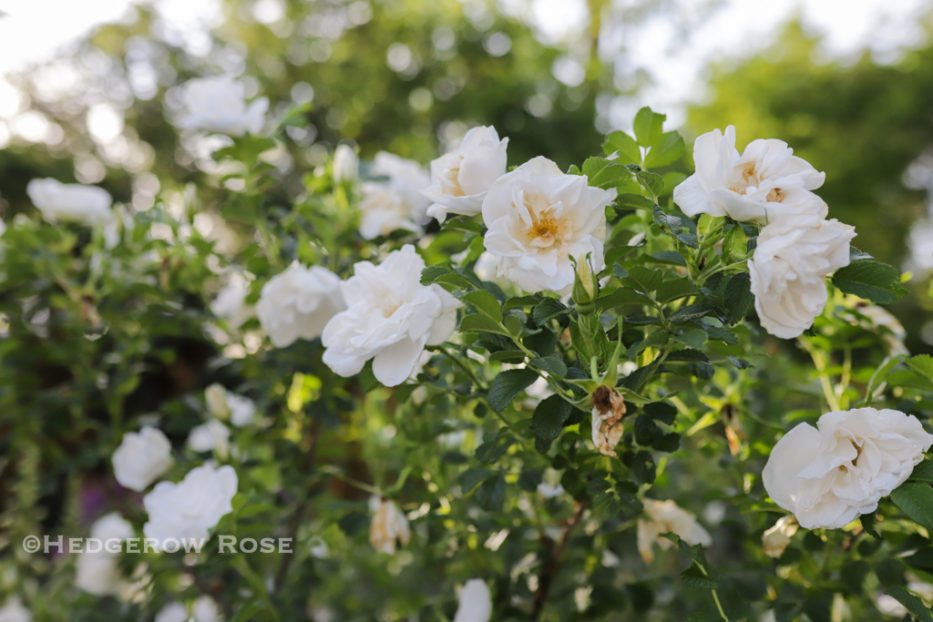

Rosa rugosa ‘Blanc Double de Coubert’ has been a popular garden rose from over a century and for good reason: she’s a doer and tough as old boots. If I were looking to add more white roses to the new garden, this would certainly be on the list.

I recently wrote about Thérèse Bugnet which is worth checking out if you’re thinking about adding this rose to your garden.
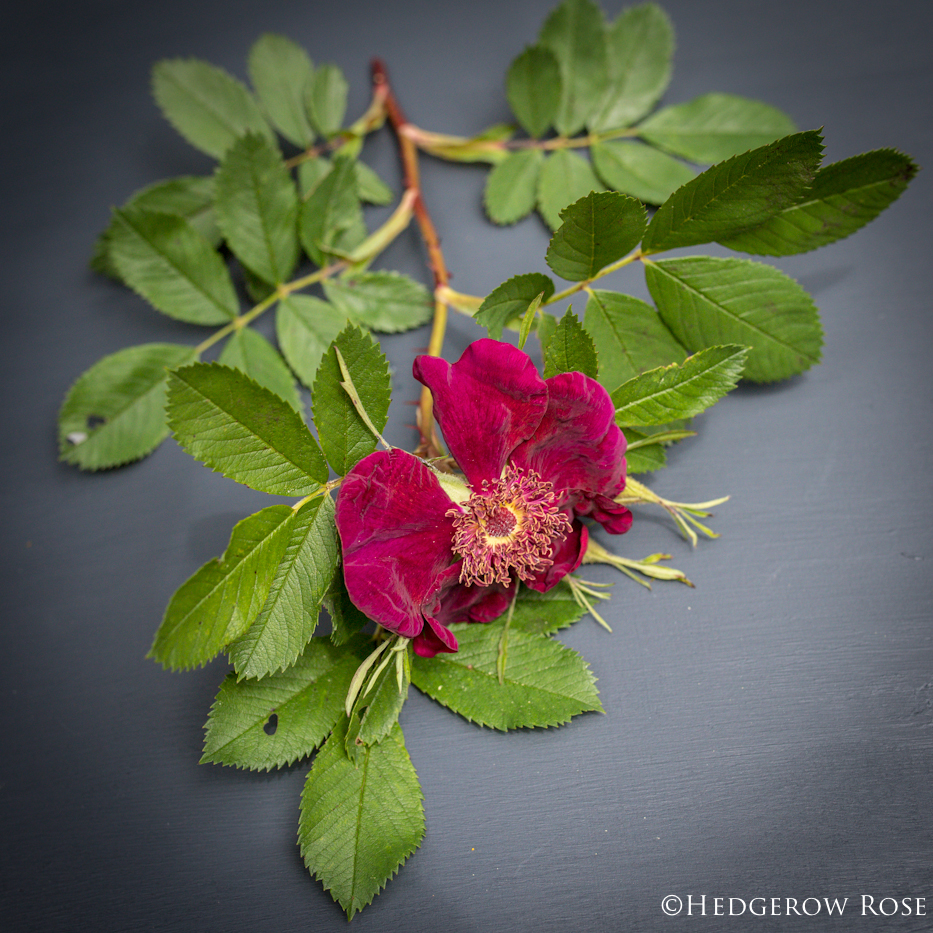
‘Basye’s Purple’ is another one that was happier in the sandy soil of our North Carolina garden versus our current, heavy PA clay. She definitely struggled initially but as the soil was amended started to perk up. She rarely suckered–at least for me. Such a unique and lovely rose; I’ve yet to find another quite like it! (‘Night Owl’ has some similarities but having grown both I much prefer Basye’s.)
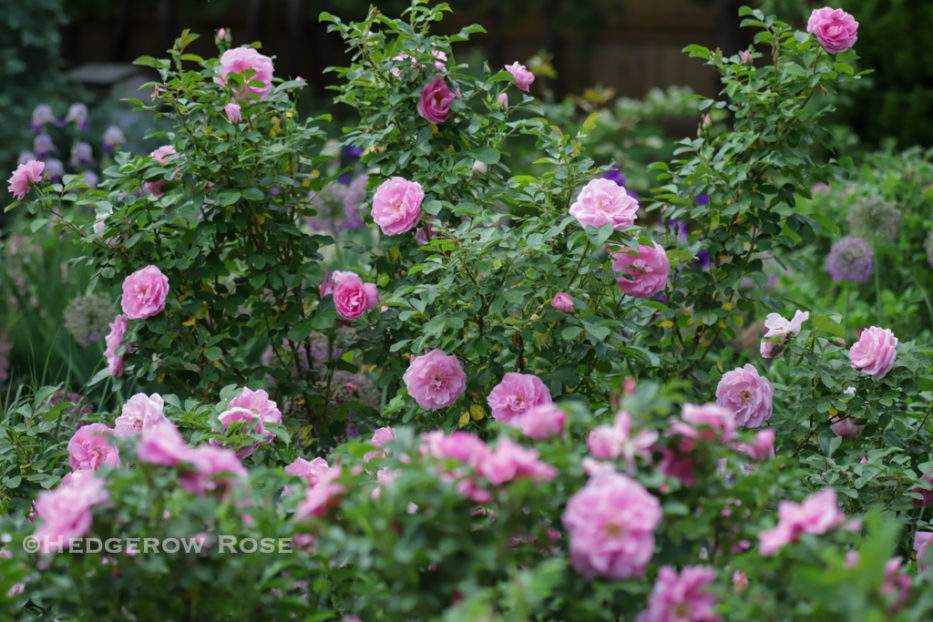
An all-around great rose is ‘Sarah Van Fleet’ which I also recently wrote about. Check out that post to see some photos of how pretty this rose looked in our former garden last year.
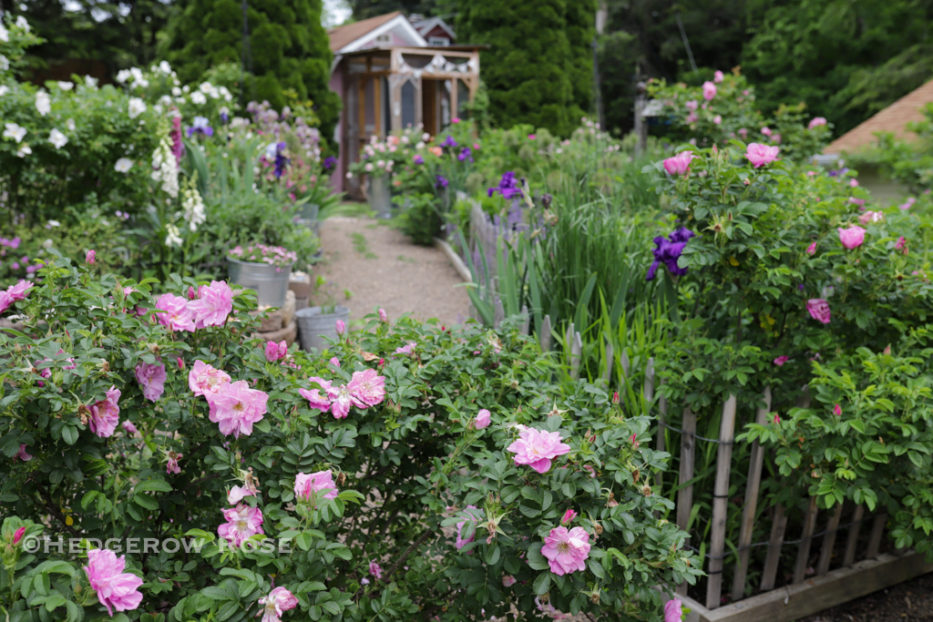
A couple of rugosa hybrids I’d like to share with you that we grew in our former garden were ‘Buffalo Gal’ and ‘Belle Poitevine’ which both looked like the same plant to the untrained eye. For me, here’s what distinguished the two: Buffalo had slightly smaller flowers that had a sort of silvery cast to the pink which was very lovely. Belle had larger and more open flowers that were paler and faded more as the flowers aged. Belle was also one of the earliest roses to flower in my garden. Here are some more photos…



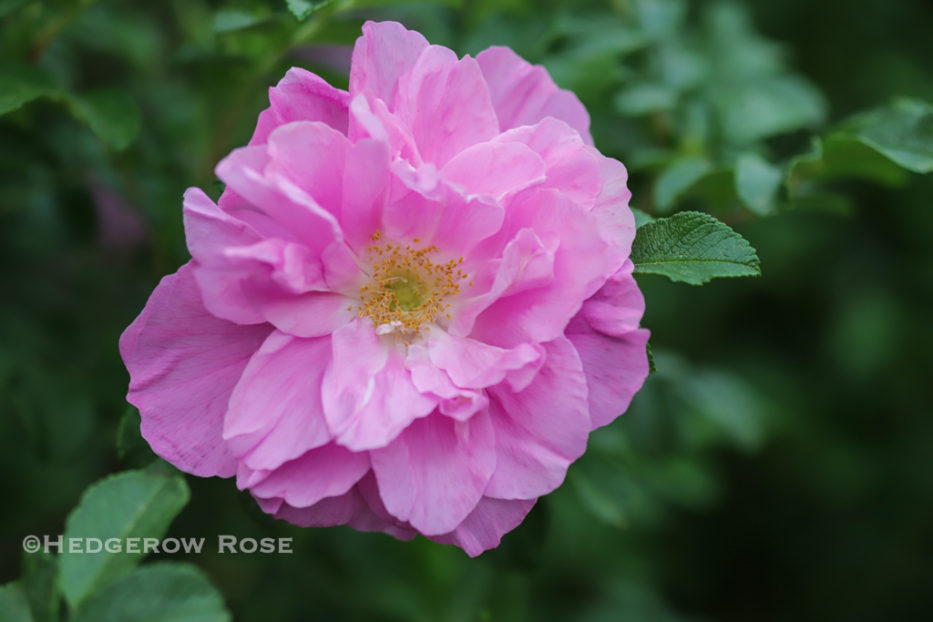
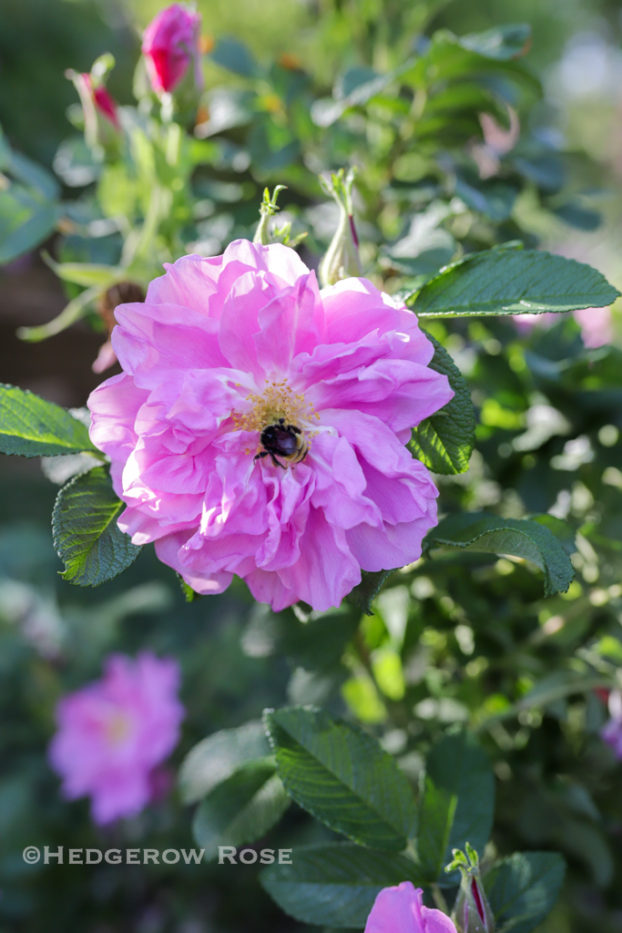
That’s all ‘Belle Poitevine’ seen above. Here’s some of ‘Buffalo Gal’….

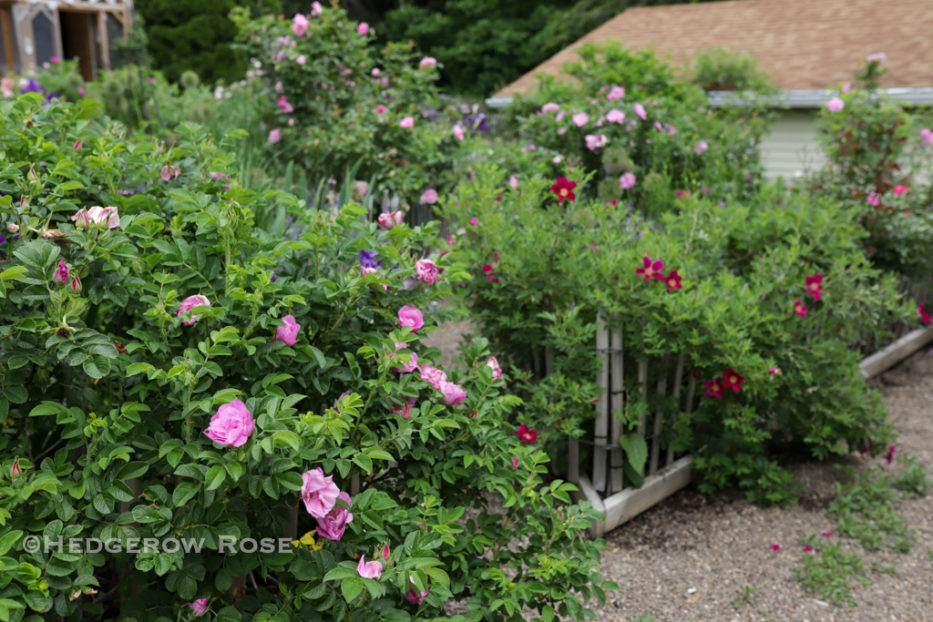
If I had to choose between the two, my choice would be ‘Belle Poitevine’ which is just that much nicer than ‘Buffalo Gal’.

Moje Hammarberg started out so wonderfully in her first year in our garden. She was covered in huge, fragrant flowers–raspberry pink with a slightly plummy tone–and I was thrilled to bits. Then, suddenly, she died! Well, not really. She did end up rebounding from a tiny piece of salvaged root. What happened to her? Well, as it turned out, there was a rabbit burrow at her feet and it damaged the roots enough that all her top growth died off. As I said, she did end up regrowing and the burrow has filled in. I’m going to be writing a post about growing a garden when you have a large, extended family of bunnies that you share space with so stay tuned for that!
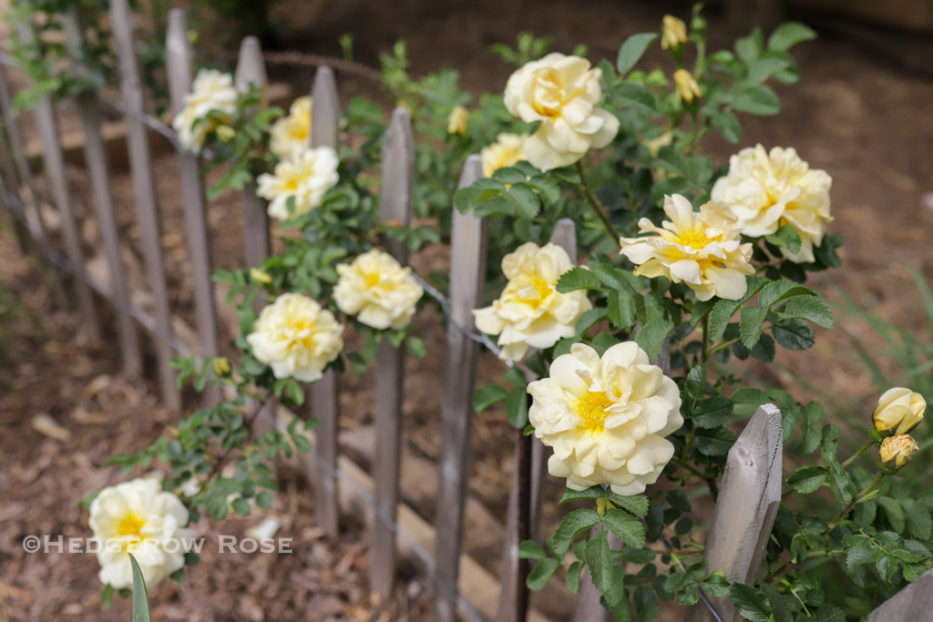
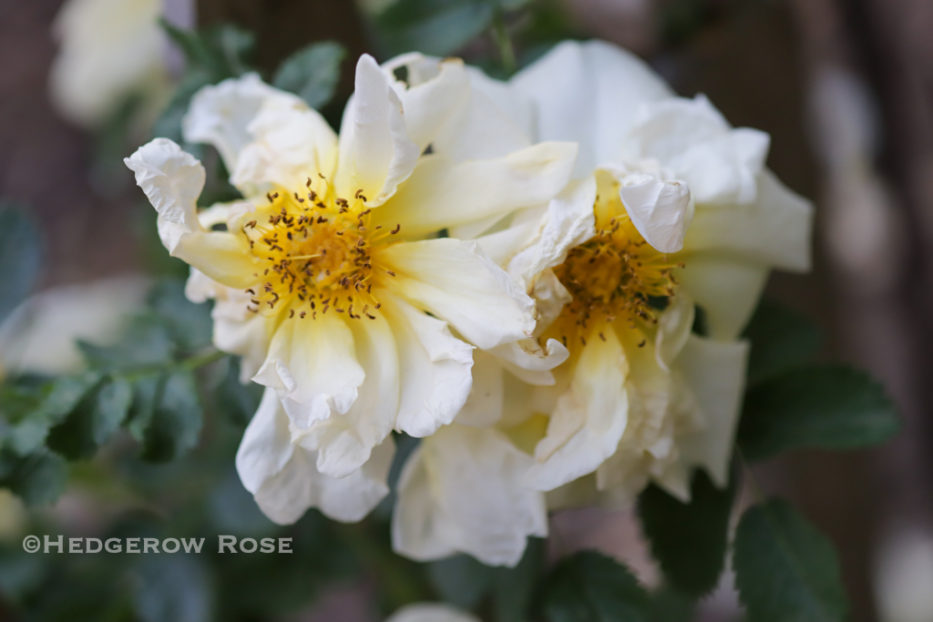
Agnes is very pretty yellow hybrid that is a must-have for the rugosa collector. Her leaves are uniquely papery and crinkly and the pom-pom flowers cover the canes in early spring. She was not a very robust grower for me, but again, our soil was not the best. She does not like to be pruned or moved so that’s something to keep in mind!

Snow Pavement certainly didn’t flower as freely as some of the others in the collection but for sheer loveliness, she wins top marks. Definitely one I would grow again.
I hope you enjoyed this collection and maybe it inspired you to make a little room for a rugosa rose in your garden!

